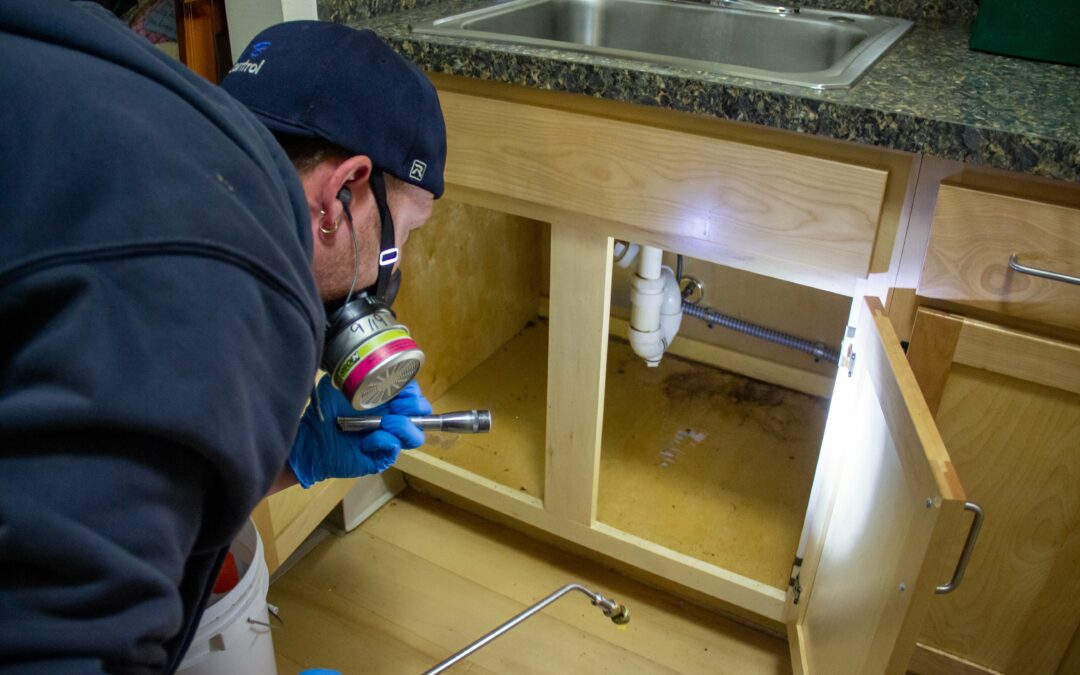Cockroaches were among the earliest groups of insects to appear on earth, and recent research has confirmed that termites evolved from a now extinct group of wood-eating cockroaches. Wood-eating cockroach species still exist to this day, and one species is considered an occasional indoor pest in Massachusetts.
Wood-eating cockroaches are commonly known by the imaginative name of “wood cockroaches,” and several species can be found throughout the US, as well as in other countries. Just like termites, wood cockroaches are one of the very few groups of insects that feed primarily on cellulose, which is the molecule that makes up the hard cell walls in plant matter. Since cellulose is slow to decay, the ground surface in forested areas must be cleared of dead wood quickly in order for plant life to continue growing. Wood cockroaches and other cellulose-consuming organisms provide an essential ecological service by consuming dead wood and converting it to soil nutrients.
Wood cockroaches are naturally abundant in forested areas all over the world including forested areas in Massachusetts. Wood cockroaches typically prefer to live in the undisturbed natural environment, but some species are common nuisance pests of homes that are located near wooded areas. Parcoblatta pennsylvanica, or the “Pennsylvania wood cockroach, readily flies toward porch lights where they frequently find their way into homes, sometimes in large numbers. While wood cockroaches closely resemble typical cockroach pests in appearance, their indoor behavior is markedly different from that of German, American, Oriental and brown-banded cockroach pests.
Unlike household roach pests, wood cockroaches wander around aimlessly indoors, they rarely establish reproductive populations within homes, and they will not retreat if they are approached. Wood cockroaches are most problematic in residential areas during mating season in June and July when males travel in large herds, and they are often transported into homes within infested firewood. They do not not usually infest structural wood, but they frequently crawl behind wood siding and damage cedar shake shingles.
In order to prevent wood cockroach infestations, cracks, crevices and other potential entry points on the exterior walls of homes should be sealed, and homeowners should keep firewood stored several feet away from structures. In severe infestation cases, conservative insecticide applications around homes may be effective. Due to continuing urbanization into areas cleared of forestland, experts believe wood cockroaches will become progressively more significant as household pests.
Have you ever encountered wood cockroaches within your home or yard?

